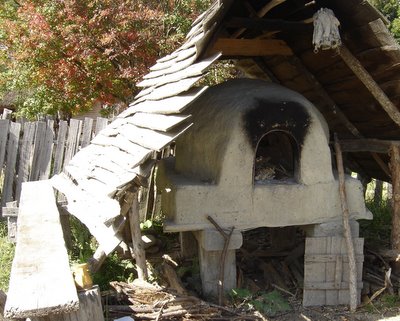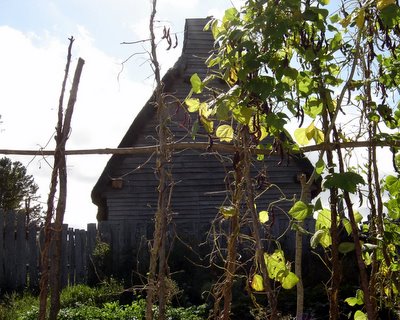So what quantity, pray tell, is meant by a “gill” of yeast?
I encountered the description reading Sarah Bishop with my 10-year-old, Emmie. It’s one of those based-on-a-true-story kind of stories, about a girl around the time of the Revolutionary War and the hardships she faces given her time and place in history.
Her father is killed and her brother is missing (oops, is it too late for a spoiler alert?), and Sarah finds a job baking bread in an inn for the militia boys, who “come down here half-starved and baked bread hits the spot.”
Probably the baking of the bread hit a spot of comfort for Sarah, who asked for Indian maize, rye and white flours before getting to work, describing her task (this is where the gill of yeast question comes from):
“There was no special way I had to make bread, besides the equal parts of rye and cornmeal and white flour. Also you can use water, but milk is much better if you have it. Then you add salt aplenty and a gill of yeast to the quart of milk or water. Like all other bread, it should not be made so thick that you can’t stir it well with your hand.”
Naturally, I’m interested in the historical aspects, by the narrative that takes place amid the rising of an independent nation. Incidentally, we’ve also been inhaling HBO’s “John Adams” on DVD, and then yesterday, we took part in the right and privilege we have in this country of voting. It’s all left me feeling a sort of reverent gratitude for my life here (much as I despise our nation’s penchant for things like margarine and supermarkets that take up entire city blocks).
But as I read Sarah’s story I also can’t help noticing the food. Scott O’Dell realized in his telling that food is life, and that the food we make plays significantly in our individual and collective stories. And so, even though the broader tale in the book is one of war, O’Dell wove in details like the color and crunch of an apple:
“We picked a few early Roxbury Russets, which always go to a good market. They are not a pretty apple, having sort of a brownish blush; but underneath the blush is a green-gold and the flesh is sweet and crisp.”
So food is a touchstone, and a marker. It may seem small in the context of a lifetime of events, but it’s not. Which is why we write about it. Why we blog about the crumble of a homemade cookie or the scent of shallots or what we had for lunch and why. Why Sarah tells us about the lunch she offered her father, one of the very last she’d give him:
“I went in the house and brought out a bowl of fish chowder, sweet pickles I had made early in the summer, and fresh bread I had baked that morning.”
**Photos taken at Plimith Plantation in Massachusetts.









Kirsten said,
November 6, 2008 @ 8:16 am
A gill is an old British measurement, equal to about 1/2 a cup (per the Britannica Online).
A couple weeks ago I read a book you might find interesting: The American Kitchen, 1700-Present, by Ellen Plante. In addition to being well-written, there are great illustrations of period kitchens and advertisements. Very fun!
Trisha said,
November 6, 2008 @ 1:35 pm
Thanks, Kirsten! I always love a good book recommendation, and this one sounds fascinating.
Hopie said,
November 12, 2008 @ 3:53 pm
I love stuff set in that time period, so interesting. I’ve been wanting to watch the John Adams series. How do you like it? I have no idea about a “gill” of yeast though! Those photos bring back my childhood. I went to Plymouth Plantation a number of times when I was little 🙂
Trisha said,
November 12, 2008 @ 5:42 pm
Hopie: The ‘John Adams’ series is really well done. It’s a side of the story I wasn’t too familiar with. I’d definitely recommend it. Plus, I really have a soft spot for New England (and for France, too, for that matter, a country that happens to play prominently in the John Adams story!).
Lettuce lit « The Zest said,
November 19, 2008 @ 2:27 pm
[…] 19, 2008 · Filed under Cooking Like I mentioned just the other day, I have a built-in radar when the subject of food surfaces in books. As one […]